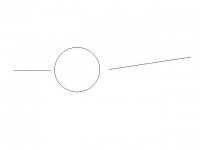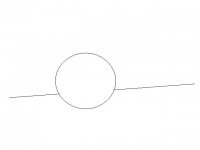Maybe you guys can help me with this.....my bottom english has just about vanished. I used to be able to back up the ball a full table and a little more. I've never been a strong bottom english hitter, but good enough to get by. However, within the last six months, I've only been able to back up the ball about 2-3 feet. Sometimes it just stops when I think I'm really putting a lot of bottom on it. I don't know what I'm doing now, but I need some suggestions/advice. Any and all help is appreciated.
I though about videotaping myself, but even if I'm not following through all the way, I should be able to back up the ball even with a jab shot. The interesting thing is that I can follow the ball really well. Left and right english are no problem either.
Things I've done to try to fix:
Checked follow-through--seems okay, but hard to tell when playing alone.
Tried every stick I have with different tips on each.
Changed the bridge a little.
Changed grip.
Equipment:
8 foot Valley bar table with Sim. 860 cloth.
Assorted cues (Shurtz, Jacoby, McDermott, Meucci, Action, Dufferin).
Dotted cue ball (TV kind).
Master/Silver cup chalk.
thanks, JED
I though about videotaping myself, but even if I'm not following through all the way, I should be able to back up the ball even with a jab shot. The interesting thing is that I can follow the ball really well. Left and right english are no problem either.
Things I've done to try to fix:
Checked follow-through--seems okay, but hard to tell when playing alone.
Tried every stick I have with different tips on each.
Changed the bridge a little.
Changed grip.
Equipment:
8 foot Valley bar table with Sim. 860 cloth.
Assorted cues (Shurtz, Jacoby, McDermott, Meucci, Action, Dufferin).
Dotted cue ball (TV kind).
Master/Silver cup chalk.
thanks, JED


